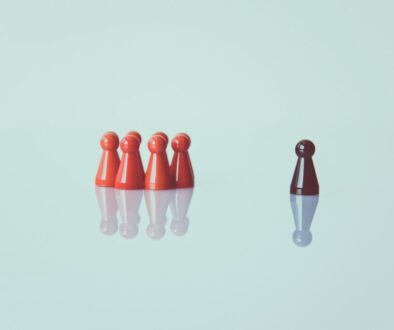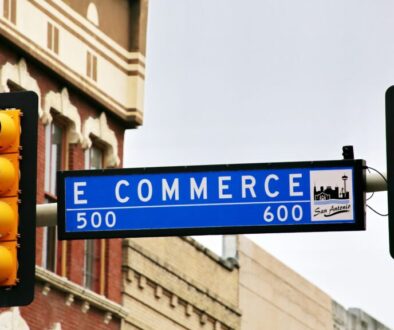The Psychology Behind Product Sampling: Why Free Samples Drive Sales
We’ve all been there: you’re strolling through a store or scrolling online, and suddenly, you’re offered a free sample. Whether it’s a mini skincare product, a bite-sized snack, or a trial-sized shampoo, that little sample has a way of making you feel special. But have you ever wondered why free samples are so effective at driving sales? The answer lies in the fascinating world of consumer psychology. Let’s dive into why free samples work and how they can turn curious shoppers into loyal customers.
One of the key psychological principles at play is reciprocity. This concept, rooted in social psychology, suggests that when someone does something nice for us, we feel compelled to return the favor. In the context of product sampling, when a brand gives you something for free, you’re more likely to feel a sense of obligation to reciprocate—often by making a purchase. A study by the Journal of Marketing found that free samples can increase purchase likelihood by up to 20%, simply because customers feel indebted to the brand.
Let’s face it: trying something new can feel risky. Will the product work? Is it worth the money? Free samples eliminate this uncertainty by allowing customers to test the product without any financial commitment. This “try before you buy” approach builds trust and reduces the perceived risk of purchasing. According to a report by Nielsen, 81% of consumers are more likely to buy a product after trying a sample. When customers experience the product firsthand, they’re more confident in their decision to buy.
Free samples also tap into our desire for personalized experiences. When a brand offers a sample, it feels like a gift tailored just for you. This personal touch fosters an emotional connection, making customers more likely to remember and favor the brand. A study by Invesp revealed that 76% of consumers feel more positively about a brand after receiving a personalized sample. It’s not just about the product—it’s about the feeling of being valued as a customer.
In today’s fast-paced world, no one wants to feel left out. Free samples often create a sense of urgency and exclusivity, triggering the fear of missing out (FOMO). When customers see others enjoying a product, they don’t want to be the only ones missing out on the experience. This psychological trigger can lead to impulsive purchases and increased sales.
The impact of free samples isn’t just theoretical—it’s backed by real-world results. For example, L’Oréal reported a 70% increase in sales after distributing free samples of a new skincare product. Similarly, Costco has mastered the art of in-store sampling, with their sampling program driving an estimated $3 billion in annual sales. These success stories highlight the undeniable power of free samples in driving consumer behavior.
Free samples are more than just a marketing tactic—they’re a psychological tool that taps into our emotions, builds trust, and creates lasting connections. By offering a risk-free way to experience a product, brands can turn hesitant shoppers into enthusiastic buyers. So, the next time you hand out a free sample, remember: you’re not just giving away a product; you’re creating an opportunity to win a customer for life.
Whether you’re a brand looking to launch a new product or a shopper curious about the latest trends, free samples are a win-win for everyone. After all, who doesn’t love a little taste of something new?


